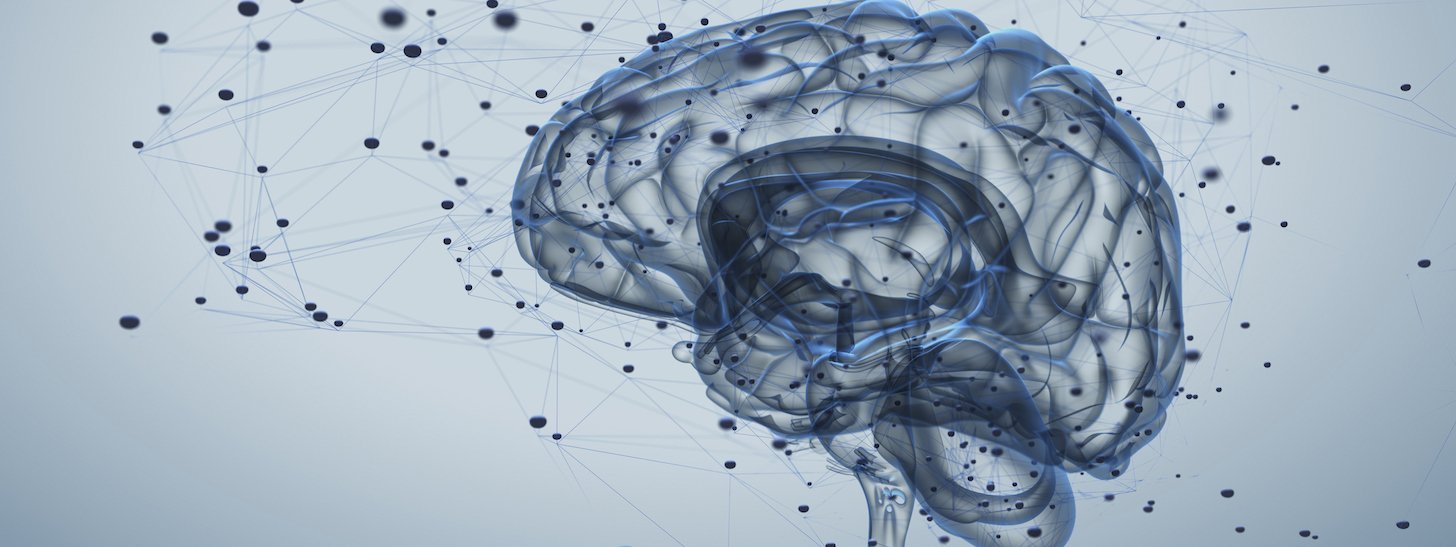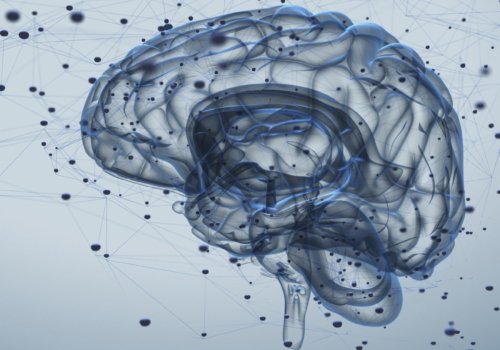Complementary and Integrative Medicine in the Management of Headache
by Deena Kuruvilla, MD
In this month’s edition of Headache in the News, we are featuring an article from the British Medical Journal which highlights “Complementary and integrative medicine (CIM) in the management of headache.” In my headache practice, I am constantly asked about treatments that may complement conventional treatments such as prescription medications. In a 2009 Cephalalgia article, Gaul et al. report that nearly 82% of headache sufferers use CIM approaches and 50% of CIM users do not discuss their CIM treatments with their health care provider. While most headache specialists may be recommending proven treatments such as botulinum toxin and prescription medications, our patients are often seeking out alternative treatments with or without our input. As a case in point, many of my headache patients request CIM since they are “looking for treatments that have been used for thousands of years which maybe have a more tolerable side effect profile.”
In an article by Dr. Robert Cowan in headache currents, CIM treatments are classified as natural products, mind-body medicine, manipulative and body based practices and other CIM practices which include transcranial magnetic stimulation and nutritional counseling. Differentiating between CIM and conventional medicine is not always clear. For example, magnesium, a natural product, is used conventionally by many headache specialists.
Our featured article by Dr. Denise Millstine and colleagues at Mayo Clinic used the Pubmed search engine to find the existing research on CIM between 2011 and 2016. The following keywords were searched for: complementary alternative medicine, integrative medicine, supplements, energy therapy, botanicals, yoga, mindfulness, qigong, tai ji, medicine, chinese traditional, acupressure, migraine disorders, drug therapy and headache. In reviewing the evidence, the study authors found that only low to moderate quality evidence was available for CIM practices. Of the CIM practices available, acupuncture and supplements such as riboflavin, magnesium and Coenzyme Q10 had the most evidence.
CIM has evolved over time but a greater fund of evidence is still required to test their efficiency in treating migraine. These are approaches commonly being used and may need a spotlight in the headache world. Patients and providers may refer to the National Center for Complementary and Integrative Health for updated resources.
The article: https://www.bmj.com/content/357/bmj.j1805.long


